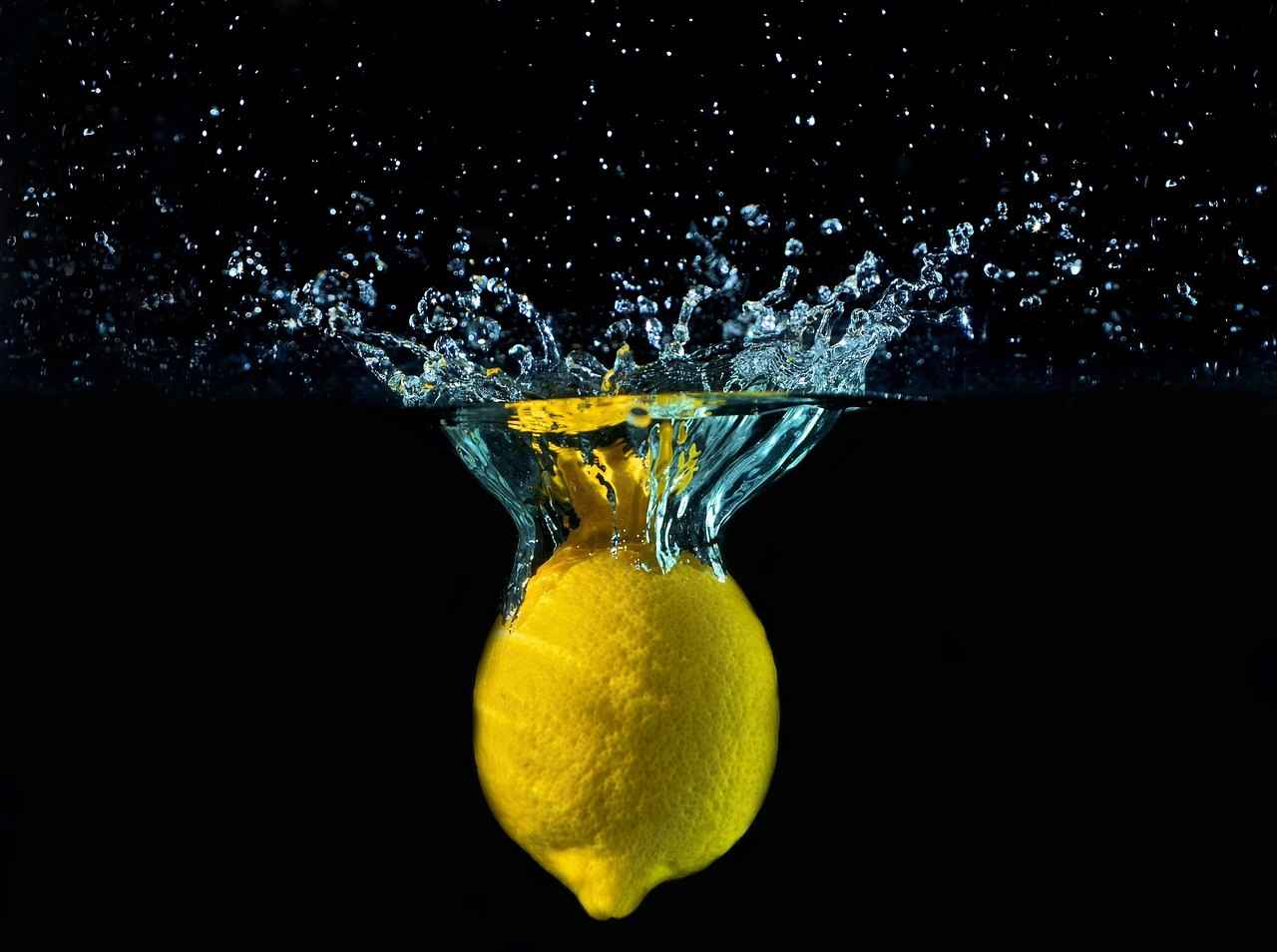Level of Detail (LOD) in 3D Modeling: Meaning & Application
The level of detail in 3D Modeling is a concept that makes detailing measurable. Do you know how complex it is to create a virtual panorama in an online game or the breathtaking realism of 3D architecture?
The thrilling experiences are based on a concept called Level of Detail, which is very fundamental to 3D Modeling.
Herein, we will look at what LOD in 3D Modeling represents and explore several techniques for balancing computational efficiency and visual consistency.
The Meaning of Level of Detail in 3D Modeling
This term has wide use in various contexts. However, in 3D modeling, Level of Detail, or LOD, is the technique through which the 3D model dynamically changes according to the viewer’s distance. A potent optimization method intended for utilization in many modern applications, from video games to architectural drawing software.
A look into the levels of abstraction for this system in developing 3D models
Before we appreciate LOD’s hierarchical shape, one should understand what LOD is. 3D models are designed to have multiple levels of detail, every tailor-made for specific viewing distances.
Those different levels take a pyramid shape wherein the base forms the highest state of resolution, HLOD, which would come into play for close-up views. In contrast, the pinnacle forms the lowest level of resolution, LLOD, when objects are afar.
High Level of Detail (HLOD):
The pyramid’s base consists of the HLOD, through which the version is the finest. It is activated when the object is close to the viewer. The reason for doing this is to provide a complete and rich view of the object being displayed. All the details and even the minute craters are accurately mapped out to captivate the viewer.
Medium Level of Detail (MLOD):
Moving up the LOD pyramid, we come across MLOD. This level offers a balance between detail and computational efficiency. It comes into play when the object recedes away from the viewer, and complexity needs to be reduced to maintain an ongoing, visible smoothness without burdening the hardware.
Low Level of Detail (LLOD):
Closer to the top of the LOD hierarchy is the LLOD for gadgets within a specific range. The model is heavily simplified at this level and usually consists of basic geometric shapes or texture-based representations.
It aims to bring the item’s essence without overloading the gadget with unnecessary computational needs.
LOD Workflow: A Step-by-Step Process
LOD implementation consists of sensitive stability, maintenance of visual satisfaction, and ensuring the most appropriate performance. It usually evolves around the following phases in general:
- Model Creation:
Artists and architects start the LOD journey by creating the model version. HLOD is made with detailed and complex information to be a visual reference for the rest of the levels.
- Decimation:
This transformation from HLOD to MLoDA is a practice effect known as ‘decimation.’ It simply reduces the level of detail in its geometry. It keeps vital features to eliminate unnecessary polygons from a version, which is akin to clearing away the superfluous detail on a painting so that it will look right from far. Decimation is a craft of the shifty eye — an anxious eye now awake to what information it must retain for visible fidelity.
- Texture Mapping:
As LOD proceeds to the lower levels of detail, texture mapping will be the essential technique. The LLOD may also employ textures to convey information without relying on geometric detail. This route is green for those surfaces where complex geometry is unimportant. This is, for example, where a detailed 3D model of the brick wall inside the distance may have been created. It would receive a texture with a brick sample implemented into an easy wall model, which gives the phantasm of detail without the computational fee.
- Dynamic Switching:
LOD is dynamic, and magic just happens. The system intelligently swaps between LOD tiers, by and large, established on the viewer’s space from objects, much like a conductor leading an orchestra. Dynamic adjustment ensures that computational assets are doled out correctly to avoid unduly pressuring hardware.
- Performance Monitoring:
The designers use performance monitoring gear like ‘FPS Monitor’ or ‘MSI Afterburner to strike the correct ratio. These gears tune the body charge and aid utilization by allowing real-time changes in LOD settings for maximum utilization by the consumer.
Application of LOD Across Industries
The presence of LOD extends beyond video games. To perfect their specific 3D applications this concept has been applied in many other fields to perfect their particular 3D applications.
Gaming
LOD is one of the main reasons game development companies create massive and visually stunning game worlds. The players go through different environments. This LOD manages those hardware resources so the game does not stutter or slow down and creates better user engagement.
Architectural Visualization
Architects and designers use different levels of details in various architectural visualization applications since using LOD allows users to seamlessly transition from an interior to an exterior view with complex building designs. We need to have this idea to comprehend this space entirely.
Simulation and Training
In simulation and training applications, where the quality of performance is more important than details on any specific part. LOD means that those parts are working in 3D at all times correctly to their realism level. This technology enables a flight simulator to change the level of detail of its aircraft components dynamically based on the proximity of the pilot.
Virtual Reality and Augmented Reality
LOD plays a functional role in being the instrument of success in the virtual world. These virtual and augmented reality experiences must be convincing enough to engage users. These immersive technologies require high performance and precision to avoid motion sickness and maintain user interest. LOD provides seamless and smooth visual faithfulness. In such a way, it acclimates to the user’s perspective to improve the experience.
What software is the best selection for creating LOD models?
Blender:
- Multi-Functional: Blender is an open-source 3D modeling software mostly known for its versatility.
- Decimation Tools: It has plenty of decimation utilities, which allow the user to decrease the polygon count and simplify geometry selectively.
- Texture Mapping: Blender supports texture mapping, an essential concept of LOD implementation through which one can effectively convey detailed information using textures.
Unity and Unreal Engine:
- Powerhouse Engines: Unity and Unreal Engine are widely used in gaming.
- Built-in LOD Tools: Most engines mentioned in this category have built-in LOD management tools that make game developers’ lives easier.
- LOD Group (Unity) and LOD System (Unreal Engine): Unity has this feature called LOD Group; similarly, Unreal Engine does the same but with the name LOD System to manage different LOD levels within the environment.
Autodesk 3ds Max and SketchUp:
- Architectural Focus: For architectural visualization. Sketchup, Autodesk, or 3ds Max are primarily used in the same.
- Accuracy: Its LOD approach, along with these tools, makes it highly accurate in fulfilling the needs of many architects.
- Detail Conservation: This maintains fine detail for close-up views while producing optimal results, even in a more diffusing scene.
Project-Specific Requirements:
- Tailored Selection: The selection is tailored based on the terms of the project and if it’s suitable for that creator.
- Open-Source Flexibility (Blender): For people who go for open source and the flexibility that scopes in their workflow, we got a special treat: Open-Source Flexibility (Blender)
- Gaming-Centric Capabilities (Unity and Unreal Engine): Unity and Unreal Engine have been popular among game developers due to their gaming-centric capabilities.
- Architectural Precision (Autodesk 3ds Max and SketchUp): Autodesk 3ds Max and newly reworked SketchUp would also have their niche among architects, particularly regarding precision within architectural visualization.
While looking into the future of 3D graphics, this shall not be a question of “What is LOD?” but “How will LOD continue to shape our digital experiences?
It is in the continued synergy between technological innovation and creative ingenuity that the answer lies; LOD should remain a base in trying to reach a perfect balance between realism and performance in 3D Modeling.
Conclusion: Select The Proper LOD
The level of detail, or LOD in short, does not require an opening in this fast-approaching world. Such an efficient procedure is necessary to achieve captivating canvasses in all industries. By gaming, the evolvement of 3D rendering, and the allure of VR, LOD assures that visuals wow and the feel is smooth and easy. In this game of life, the spice that turns the mundane into exciting is LOD; wow, what a game changer!
If you are inspired to delve deeper into the arena of 3D Modeling and harness the total capacity of LOD, your appearance is different from the excellent services at M3DS Academy. Our academy applications are designed to offer a complete exercise that prepares you with the skills needed to excel inside the virtual realm.
For a more tailor-made technique, consider exploring our publications, which are conscious of specific competencies and strategies. Concrete skills and methods are available within our 3D software courses section. You’re probably seeking interactive enjoyment and learning. Our masterclasses by enterprise professionals offer valuable insights and hands-on practice that could elevate your getting to know.
Is it the money part you are concerned about? Our flexible enrollment and financing options help you invest in your future without the burden of breaking the bank.
What are your thoughts on beginning an experience in 3D Modeling? Probably, you are hesitating still. Enroll today, and get started now.







